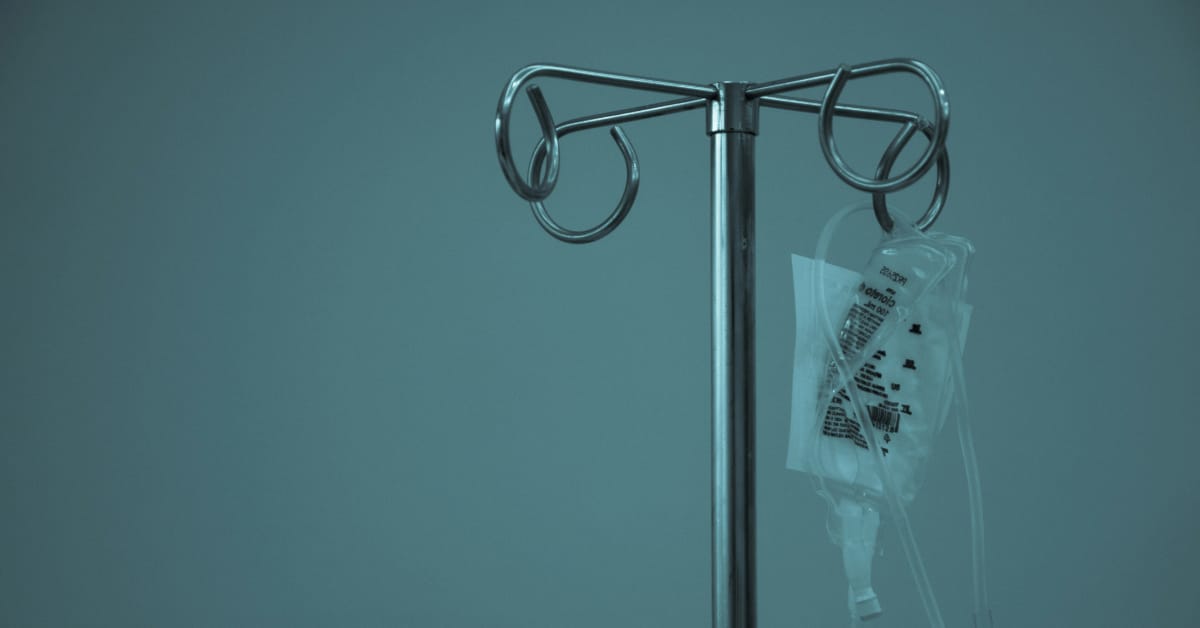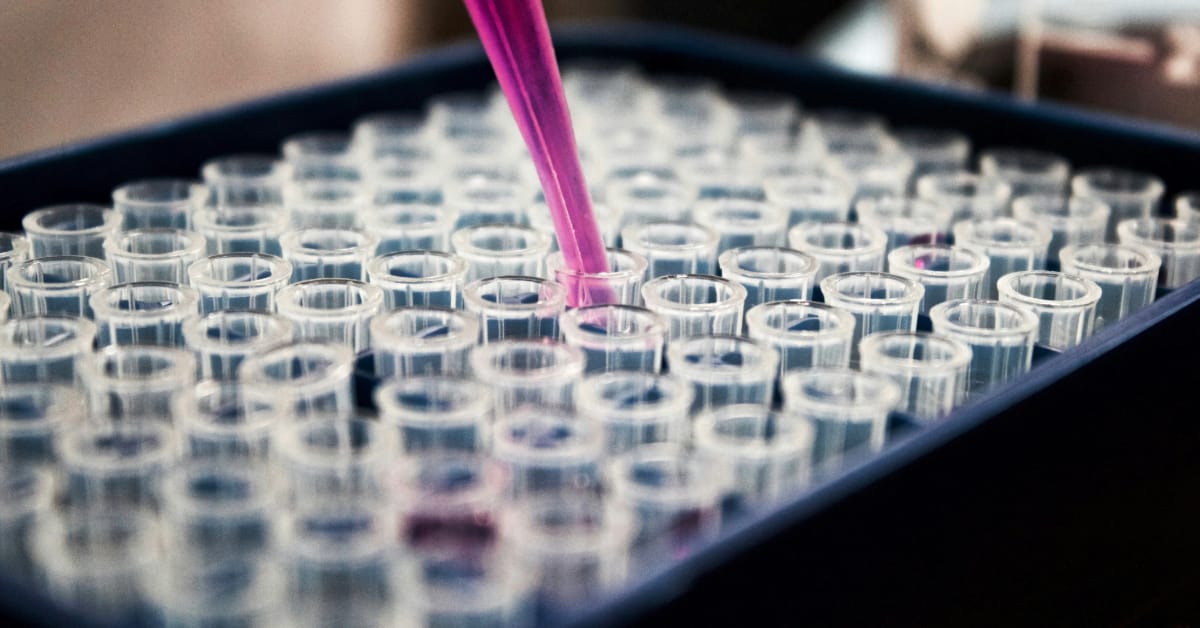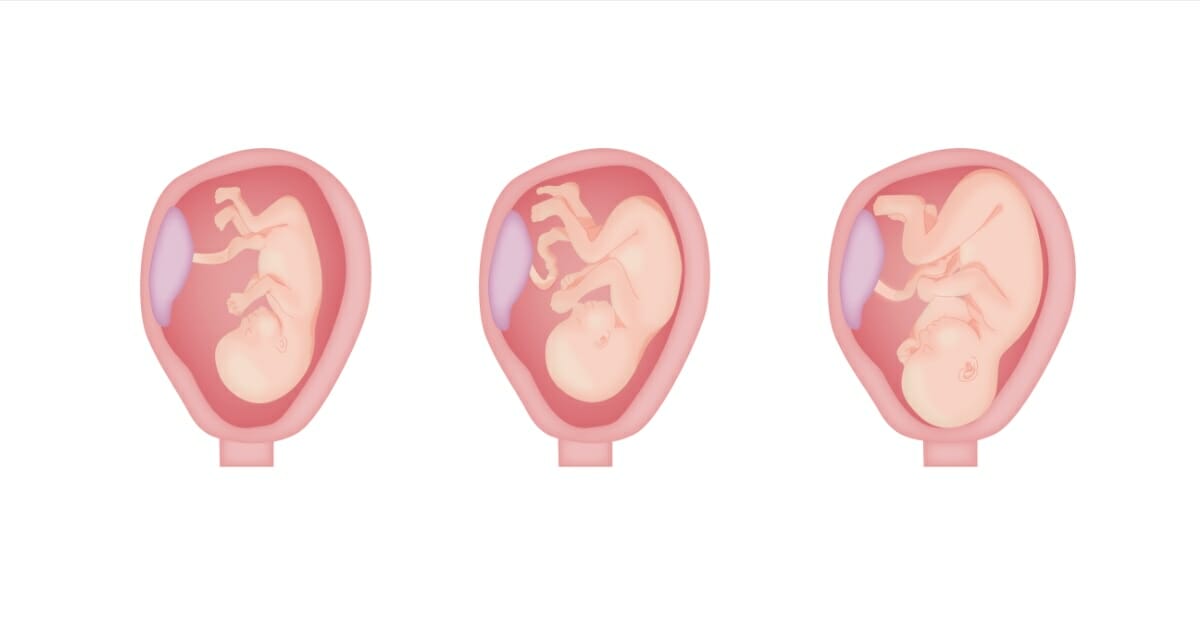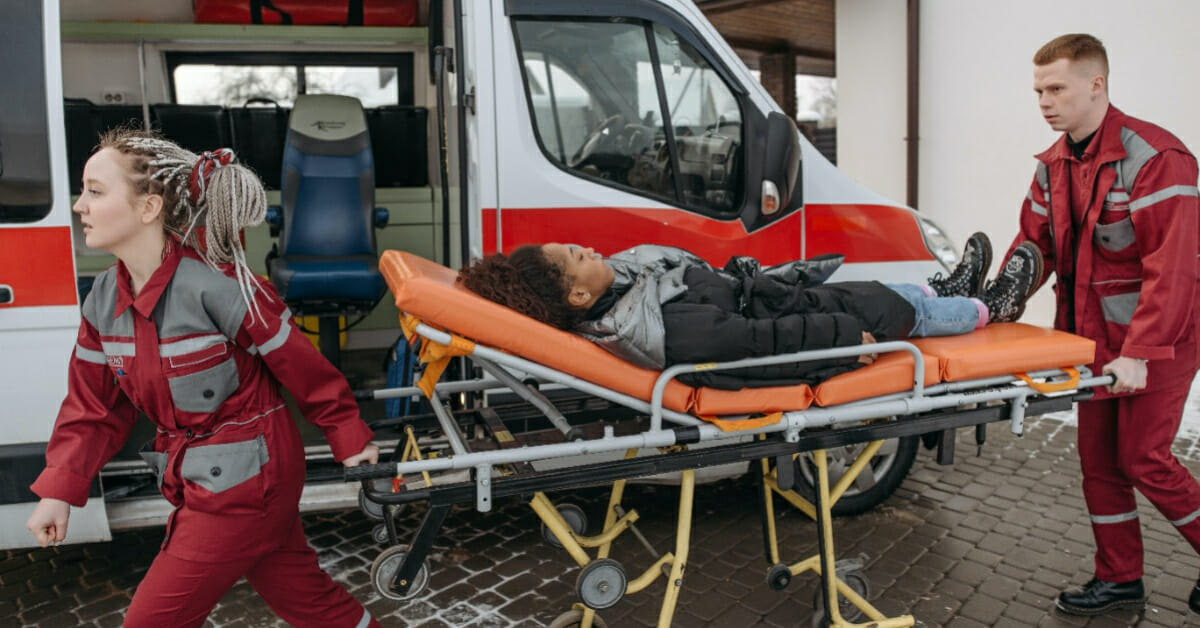What is the intensive care unit (ICU)?
The physicians and staff assigned to an ICU have specialized training to care for patients who have life-threatening illnesses or injuries. These patients require close attention from health care providers who may use specialized equipment or medications to support patient recovery.
Types of intensive care units
Many ICUs are staffed by a multidisciplinary team. Most hospitals will have more than one ICU with specific specialties.
| General ICU | Created to manage all critical patients (also known as the Medical ICU) |
| Surgical ICU | Manages patients post-operatively or optimizes them pre-operatively |
| Neuro-ICU | Managed by neurosurgeons and intensivists, typically dedicated to patients with primary neurological or neurosurgical problems (e.g. stroke, head trauma, post-operative brain tumor) |
| Mobile intensive care unit (MICU) | Specialized field intensive care with capacity for both advanced life care support (ACLS) and resuscitation. |
| Neonatal ICU | Dedicated to neonates, there is unique attention to asepsis. |
| Trauma ICU | For patients with life-threatening injuries; typically under the supervision of trauma surgeons and intensivists |
| Cardiac surgical ICU | Specifically designed to manage patients with cardiac disease; under the supervision of cardiologists, cardiac surgeons, and anesthesiologists |
| Post-anesthesia care units (PACU) | These may often overlap as a “recovery room,” where patients are stabilized after surgical procedures |
| Coronary care units | For patients with ischemic heart disease; usually managed by cardiologists |
| Pediatric ICU | Specialized attention to the needs of critically ill infants and children. |
| High dependency units (HDU) | These are transitory units for patients whose conditions are not serious enough for ICU admission but do require close observation. Sometimes referred to as “Step-Down Units.” |
Roles and jobs in the ICU
The intensivist: ICU physician
The ICU physician is the team leader and is usually a trained intensivist, with advanced intensive care training along with a specialization in medicine, anesthesiology, or surgery.
Qualification: Different countries have different qualifying norms for “intensivists.” In many countries, the training is divided into medical intensivist and surgical intensivist training. In rural communities, this may be an anesthesiologist or an internist. In Canada, before being qualified, an intensivist must complete specialty training in anesthesiology, internal medicine, general surgery, or emergency medicine prior to entering a two-year residency that is accredited by the Royal College of Physicians and Surgeons of Canada. Residents must pass a Royal College exam before qualifying as an intensivist. In the US, training depends on the type of intensivist (eg. Neurointensivists have specific fellowships that are different from Critical Care Intensivists, who usually lead Medical ICUs).
The ICU nurse
The ICU nursing staff are proficient in critical care and adept with intensive care procedures.
Qualification: The ICU nurse has extensive clinical experience with additional specialized training in intensive care. This experience is instrumental in assessing patients, reacting quickly to changing conditions, making rapid decisions, administering medications, and working with complex equipment. It is often up to the nurse to manage the patient’s changing condition and call the physician if needed.
Duty: depending on the type of ICU, a nurse’s duties may vary. However, in general, nurses have a high degree of independent responsibility for the patient, and typically include the following, in their shift:
- Complete evaluation at the change of shift (start and end)
- Infuse very potent drugs in a safe manner
- Assess hemodynamics and adjust drugs as necessary
- Assess ventilation frequently
- Manage transducers
- Assess the level of consciousness frequently
- Manage sedation, pain, and muscle relaxation
- Manage continuous renal dialysis; ECMO; transfusion and other procedures.
- Manage end of life care
- Communicate with the patient and family (in collaboration with the physician)
The dietician and nutritionist
Nutrition plays a pivotal role in critical patients’ recovery. The dietician or nutritionist helps to optimize parenteral nutrition for every patient.
The physiotherapist
Immobilization is a frequent complication of critical illness. Complications of immobility include atelectasis, pneumonia, deep venous thrombosis, and pressure sores. Physical therapists can help alleviate these risks and enhance the patient’s recovery over time.
The social worker
Intensive care is very costly, both emotionally and financially. Social workers provide psychosocial support to patients and families, helping them locate resources and cope with their circumstances. Social workers also help enhance communication with families and others while allowing the health care team to remain focused on their unique roles.
The ICU pharmacist
Intensive care unit teams usually include a pharmacist, who can assist with possible drug interactions and recommend the most appropriate drug regime for patients with different co-morbidities.
The speech therapist
The speech therapist is a critical member of the team since many ICU patients are ventilated and cannot communicate verbally, or swallow normally. The speech therapist can help provide speech boards, review swallowing capability (particularly after extubation), and otherwise enhance overall communication.
The occupational therapist
In conjunction with physiotherapists, OTs can help provide suitable support and rehabilitation as well as prosthesis and orthoses for patients to enhance early mobilization and rehabilitation. The OT is an integral member of the team, often helping patients resume Activities of Daily Living (ADLs), such as eating and dressing.
The microbiologist
The microbiologist or Infection Control Team can help ensure adherence to asepsis, evade breaches of sterility, and regulate infection control guidelines.
The medical physics technician
The medical technicians are responsible for maintaining medical equipment, ensuring that all equipment is in safe and working order.
Common conditions treated in the ICU
- Heart failure: earlier use of left ventricular assist devices (LVAD) as a bridge to heart transplant may reduce mortality.
- Renal failure: an innovative approach is continuous renal replacement (CRRT); this technique results in fewer hemodynamic changes than hemodialysis.
- Respiratory failure: this can be caused by many conditions. However, the treatment of Acute Lung Injury, previously known as Adult Respiratory Distress Syndrome (ARDS), has been revolutionized by using much smaller ventilator volumes with a concomitant reduction in ventilator-associated lung trauma and improved outcomes.
- Trauma (brain injuries, accidents)
- Shock
- Stroke
- Sepsis
- Cancer-related intensive care
- Post-operative care
- Ruptured aneurysms
- Acute pancreatitis
Special devices in intensive care units
Skilled emergent clinical acumen goes hand in hand with a robust infrastructure to support the ICU. There are artificial equivalents for many major organ systems. Some of the commonly used devices are outlined below:
Ventricular assist devices (VAD)
Mechanical circulatory support (MCS) devices were studied in the Randomized Evaluation of Mechanical Assistance for the Treatment of Congestive Heart Failure (REMATCH) trial. There are various types of ventricular assist devices:
- Left ventricular assist device (LVAD): most commonly used
- Right ventricle assist device (RVAD)
- Simultaneous left and right ventricular assist device: biventricular assist device (BIVAD)
- Replacement of both the ventricles: total artificial heart
Placed by cardiac surgeons, the basic biomechanics revolve around a balloon placed in the ascending aorta. The LVAD cuff is placed below the carotid and subclavian exits from the aorta. The balloon inflates during cardiac diastole, thus increasing the afterload and improving coronary perfusion. The balloon deflates during cardiac systole, with a subsequent decrease in afterload, and improved cardiac output. The ECG tracing is modified and the pressure tracing looks quite different from a normal BP tracing.
Common indications:
- Stabilize patients prior to cardiac surgery
- Maintain patient until a heart transplant is possible
- Small devices can be implanted and used as a temporary “artificial heart”
Ventilators
The different configurations available are:
- Positive pressure ventilators
- Transport ventilators
- Neonatal ventilators
- Intensive care ventilators
Sedation in the ICU
Sedation management in the ICU is vital for patient comfort, especially for those on mechanical ventilation. The approach to sedation has evolved to favor lighter sedation levels to improve outcomes, such as reducing the duration of mechanical ventilation and ICU stay. Monitoring scales and specific protocols are used to maintain appropriate sedation levels.
Muscle relaxants should be used with great care in the ICU. It is possible to produce immobility in presence of awareness and pain. If used, a peripheral nerve stimulator should be used to assess the degree of paralysis. For pain management, continuous opioid infusion comprises the standard of care.
| Score | Term | Description |
| +4 | Combative | Overtly combative or violent; immediate danger to staff |
| +3 | Very agitated | Pulls on or removes tube(s) or catheter(s); is aggressive |
| +2 | Agitated | Frequent non-purposeful movement; fights ventilator |
| +1 | Restless | Anxious but movements not aggressive or vigorous |
| 0 | Alert and calm | Interacts with the caregiver |
| -1 | Drowsy | Not fully alert, but has sustained awakening (eye-opening/eye contact) to voice (more than 10 seconds) |
| -2 | Light sedation | Briefly awakens with eye contact to voice (less than 10 seconds) |
| -3 | Moderate sedation | Movement or eye-opening to voice (but no eye contact) |
| -4 | Deep sedation | No response to voice, but any movement or eye-opening to physical stimulation |
| -5 | Unarousable | No response to voice or physical stimulation |
Take the Course: Anesthesiology
Cover all anesthesia essentials with the complete online course.
Nutrition in the ICU
Nutrition in the ICU is complex due to patients’ critical conditions. The goal is to provide adequate nutrition to support recovery while avoiding complications like underfeeding or overfeeding. Energy needs can be estimated using predictive equations or measured via indirect calorimetry, which is considered more accurate. Protein requirements are also higher in critically ill patients to support recovery and minimize muscle loss.
When possible, nutrition is given enterally (through the gut), either via a gastric tube or an enteral tube passed into the duodenum or upper jejunum. Evidence supports improved outcomes in critically ill patients with early enteral nutrition.
Parenteral mode of nutrition administration is an alternative. Nutrients can be administered by a central line directly into the circulatory system. This is more complex and expensive. It also has a higher risk of infection and inadequate calorie delivery than enteral nutrition.
Take the Course: Nutrition
Cover all nutrition essentials with the complete online course.
Summary
The ICU is for patients with life-threatening conditions. There are different types of ICUs, each designed to serve a particular subset of patients in a customized fashion.
The ICU team is large, but typically includes physician-intensivists, ICU nurses, pharmacists, physiotherapists, occupational therapists, dieticians, and social workers, among others. Each member of the team has unique and specific duties and responsibilities to ensure optimal ICU care.





